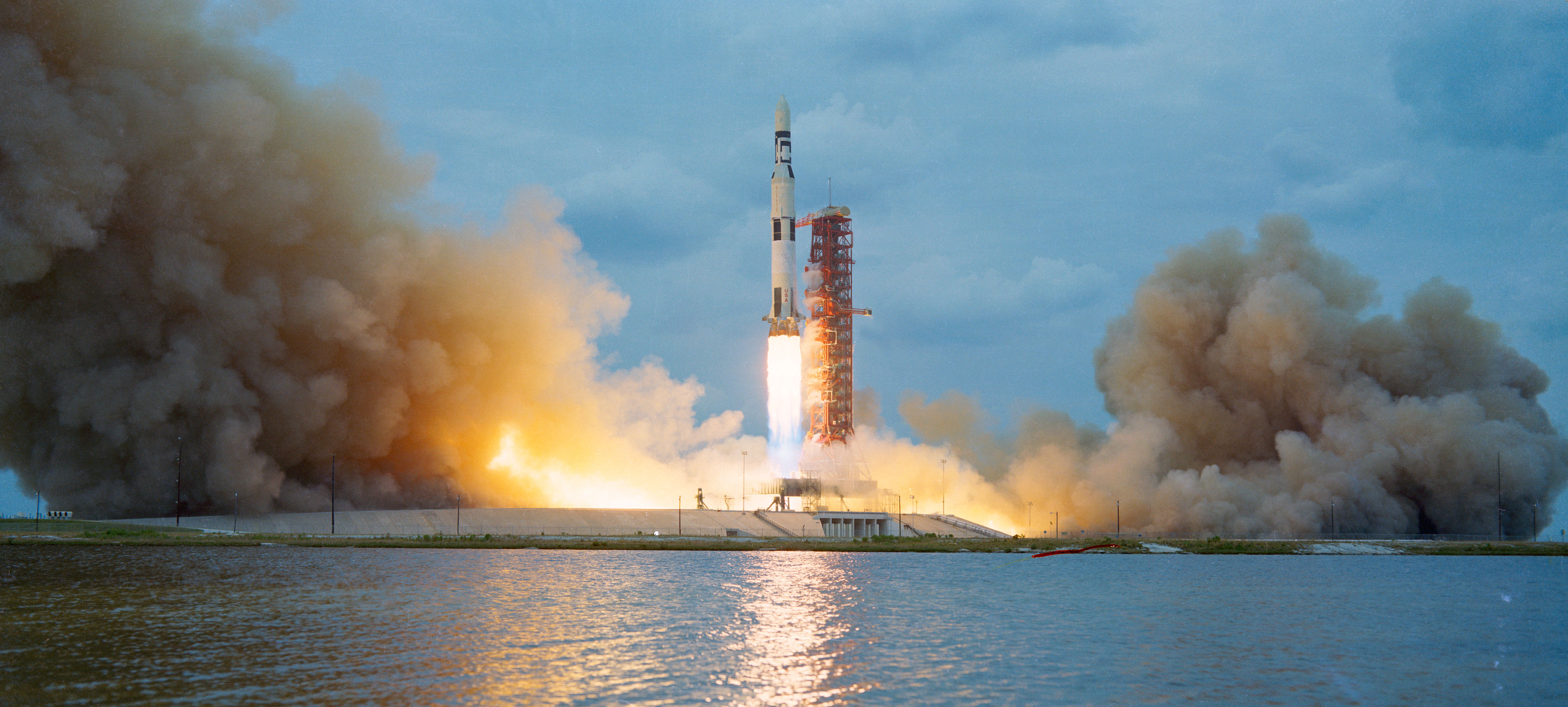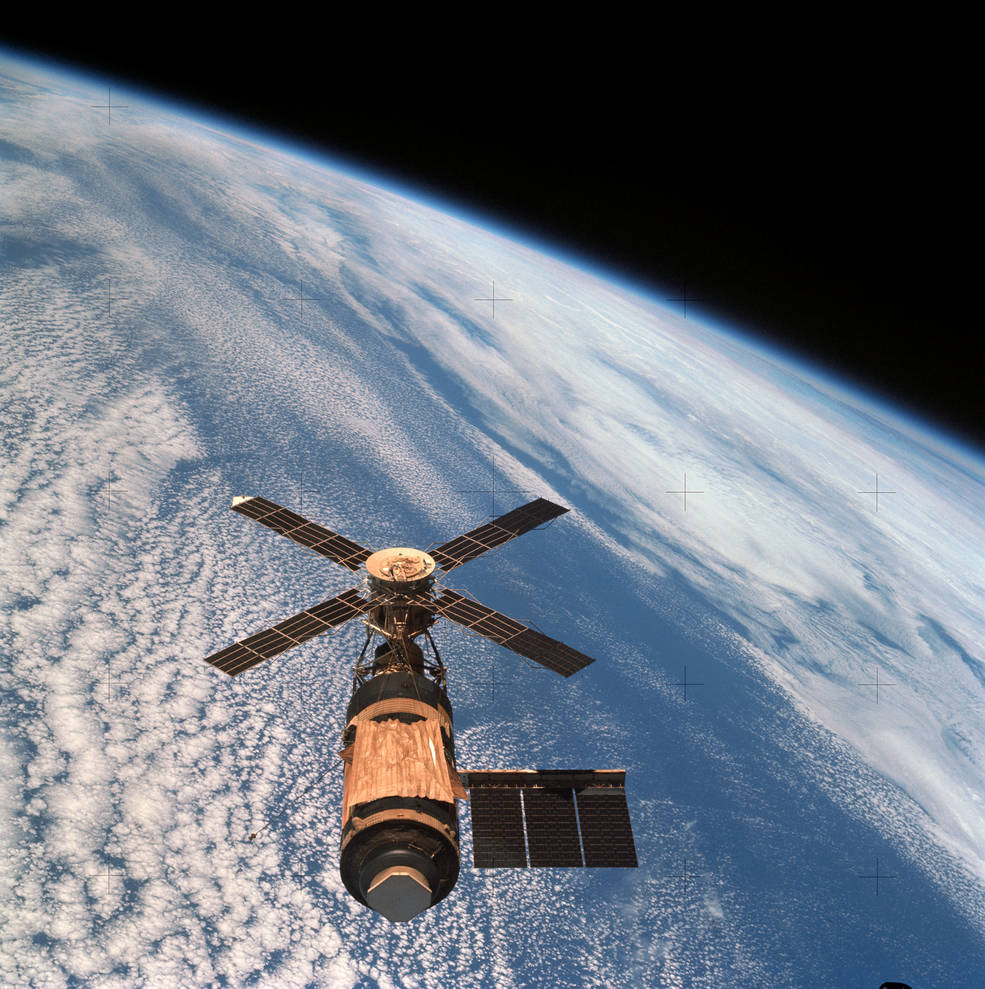
Aside: has anyone ever been to the last Skylab museum in Esperance, Australia?
Posted on 07/12/2025 2:42:07 AM PDT by texas booster
Skylab was America’s first space station and first crewed research laboratory in space. The complex consisted of four major components: the Orbital Workshop (OWS), the Airlock Module (AM), the Multiple Docking Adapter (MDA), and the Apollo Telescope Mount (ATM). The Apollo Command and Service Module transported crews to and from Skylab and remained attached to the station throughout a crew’s occupancy. The OWS, converted from the upper stage of a Saturn rocket, served as the main working, living and sleeping compartment for the crews, and contained exercise equipment, a galley, and many of the scientific experiments, in particular for the life sciences studies. The AM enabled astronauts to conduct spacewalks, while the MDA included a prime and backup docking port for the Apollo spacecraft and housed the Earth Resources Experiment Package. The ATM contained telescopes for solar observations and four solar arrays for additional power. Once in orbit, the complex weighed 170,000 pounds, by far the heaviest spacecraft to date. An unprecedented research laboratory in space, Skylab contained scientific equipment to conduct research in a variety of disciplines. Astronauts aboard the station conducted 270 experiments in biomedical and life sciences, Earth observations, solar astronomy and materials processing. Among the most important were investigations on the astronauts’ physiological responses to long-duration space flight.
In all, three successive three-person crews spent 28, 59 and 84 days, respectively, aboard the space station, and as a platform for conducting scientific research Skylab proved its value. The biomedical investigations carried out by the nine Skylab crewmembers provided our first glimpse into the effects of long-duration spaceflight on the human body and how to prevent some of the more deleterious effects. The ATM solar telescopes took more than 170,000 images for astronomers, while Earth scientists received 46,000 photographs. In nearly every science discipline, the astronauts exceeded the planned number of investigations. Of significant importance, having humans available for unplanned situations proved highly valuable, from the repair of the space station after its damage at launch, to being able to respond to unexpected events to increase the science return from the mission including observing new solar flares and a comet making a rare passage through the inner solar system. Managers, flight planners, and engineers used the Skylab experience to learn about how to live aboard and operate a long-duration crewed platform in space, passing on lessons learned to later programs like Shuttle-Mir and the International Space Station.
Before leaving the station on Feb. 8, 1974, the Skylab-4 crew boosted it into a higher 269-by-283-mile orbit, in the hope that Skylab would remain in space until 1983. By then, the Space Shuttle would be flying and NASA hoped that astronauts could attach a rocket to the station to either boost it to a higher orbit or safely deorbit it over the Pacific Ocean. But delays in the Shuttle program and higher than expected solar activity resulting in increased atmospheric drag on the station ultimately thwarted those plans. It became apparent that Skylab would reenter in mid-1979, forcing NASA to devise plans to control its entry point as much as possible by adjusting the station’s attitude to adjust atmospheric drag.
On July 11, 1979, during its 34,981st orbit around the Earth, engineers in Mission Control at the Johnson Space Center in Houston sent the final command to Skylab to turn off its control moment gyros, sending it into a slow tumble. This was the best that flight controllers could do to ensure that Skylab would not reenter over a populated area such as North America. They expected that it would begin its breakup over the southern tip of Africa and fall into the Indian Ocean. As it happened, the breakup occurred slightly later and while the majority of the debris that survived reentry did fall into the Indian Ocean, some pieces fell over sparsely populated areas of southern Western Australia. A museum in Esperance houses some of the recovered debris. Skylab Flight Director Charles S. Harlan said in a news conference after the event, “The surprise is over. No more suspense. Skylab is on the planet Earth.”

Aside: has anyone ever been to the last Skylab museum in Esperance, Australia?

And that, my friends, is a real, hand built rocket.

I still think of THIS as a real space station.
You may continue feeding me my pudding.
I wasn’t into astronomy or sky-watching at the time, it would be interesting to know if anyone saw it travel across the sky, like we observe the ISS.
I’m thinking it must’ve been highly visible.
One of its descending orbits was right over Colorado. I remember seeing it at dusk, as a kid. Seemed so close as all of the panels glowed.
I remember when this happened, I was spending the week at summer camp. As a science nerd I was disappointed that I couldn’t watch the news coverage.
“I wasn’t into astronomy or sky-watching at the time, it would be interesting to know if anyone saw it travel across the sky, like we observe the ISS.”
My Dad took me out in the backyard and showed me Sputnik.
Yes, it was. I didn’t see the final dozen orbits, bit the day before is was one of the brightest objects in the sky.
You could see the movement in just a short time of watching, and it glowed reddish yellow.
Completely awe-inspiring.
Sadly, I did not have a camera with me since that was forbidden over the entire MSFC.
All those guys who worked on the Saturn V and Skylab were enthusiastic and eager to share stories of Saturn's development. They were heartbroken when Von Braun left.
One rite of passage was being made to walk in close proximity to an un-shrouded, spun-up Skylab torquing gyro. That was terrifying.
I remember this fondly from growing up in Chicago:
https://www.youtube.com/watch?v=qLoNQNK376E#ddg-play
Thanks! NASA ... for telling us where it's NOT going to land!
Cool. Sorry I missed it…
Wow, now that’s a memory!
I was only 3 at the time, lol.
“Wow, now that’s a memory!”
I still remember it to this day and I miss my Dad.
Just adding to the catalog, not pinging the list. I have a piece of the tank, somewhere.
Disclaimer: Opinions posted on Free Republic are those of the individual posters and do not necessarily represent the opinion of Free Republic or its management. All materials posted herein are protected by copyright law and the exemption for fair use of copyrighted works.